If you’ve ever missed a turn or had to backtrack, you likely understand the value of geolocation applications such as Google Maps. Uber and other ridesharing services use apps to determine the precise addresses of their customers so they can pick them up and drop them off at their desired locations. As with anything else, location is crucial!
Therefore, it is unsurprising that the trend towards location-based mobile app development is more commonplace. Statista predicts that by 2022, the navigation market will be worth $1.08 billion, thanks to the proliferation of apps that provide real-time directions and others that allow users to book transportation services.
You may be wondering what you can do to set yourself apart from the frenzied competition and make the most of the current upswing. If you run a logistics, dispatch, or rideshare business, investing in the development of a location-based mobile app can yield financial benefits and operational efficiencies.
To keep your journey simple, the Code&Care crew will walk you through the next stages by revealing the intricacies of how to make a location-based app. Because of our extensive experience in the field of mobile app development, we are able to meet and exceed our clients’ most intimate expectations.
If you need assistance developing solutions that are tailored to your specific requirements, we are here to lend a hand.
Table of Contents
- 1 So, What Are Location Based Apps?
- 2 What Exactly Is the Function of Geolocation in Mobile Apps?
- 3 Types of Location-Based Apps
- 4 The Best-in-Class Location-Based Apps
- 5 Benefits of Location-Based Mobile App Development
- 6 Main Steps in Location-Based App Development
- 7 Necessary features of geolocation apps
- 8 Requirements and tech stack
- 9 How much does it cost to develop a location-based app?
- 10 Challenges in Building Location-Based Apps and How Code&Care Tackles the Bottlenecks
So, What Are Location Based Apps?
Location-based apps center their offerings on the location of the user, as determined by technologies such as GPS, Cell ID, and Beacon, among others.
In general, these tools aid in navigation, allowing the user to locate the desired locations, the path to those locations, or a particular person. However, geolocation is also used in a wide range of social, gaming, business, and other kinds of apps.
What Exactly Is the Function of Geolocation in Mobile Apps?
Creators of mobile apps can use geolocation technology to locate users’ devices and whereabouts to improve their apps’ usability. These days, nearly every smartphone has a built-in GPS-module that allows us to:
- Recognize the precise location of the device in real-time.
- Track the user’s location as they move around.
- Check the distance between things.
While it’s cool to have a location-tracking app, you should first figure out what kind of app you need.
Types of Location-Based Apps
According to the data, the top five categories of these apps in the United States are weather (65%), social networks (38%), travel (23%), photo & video (18%), and news (16%).
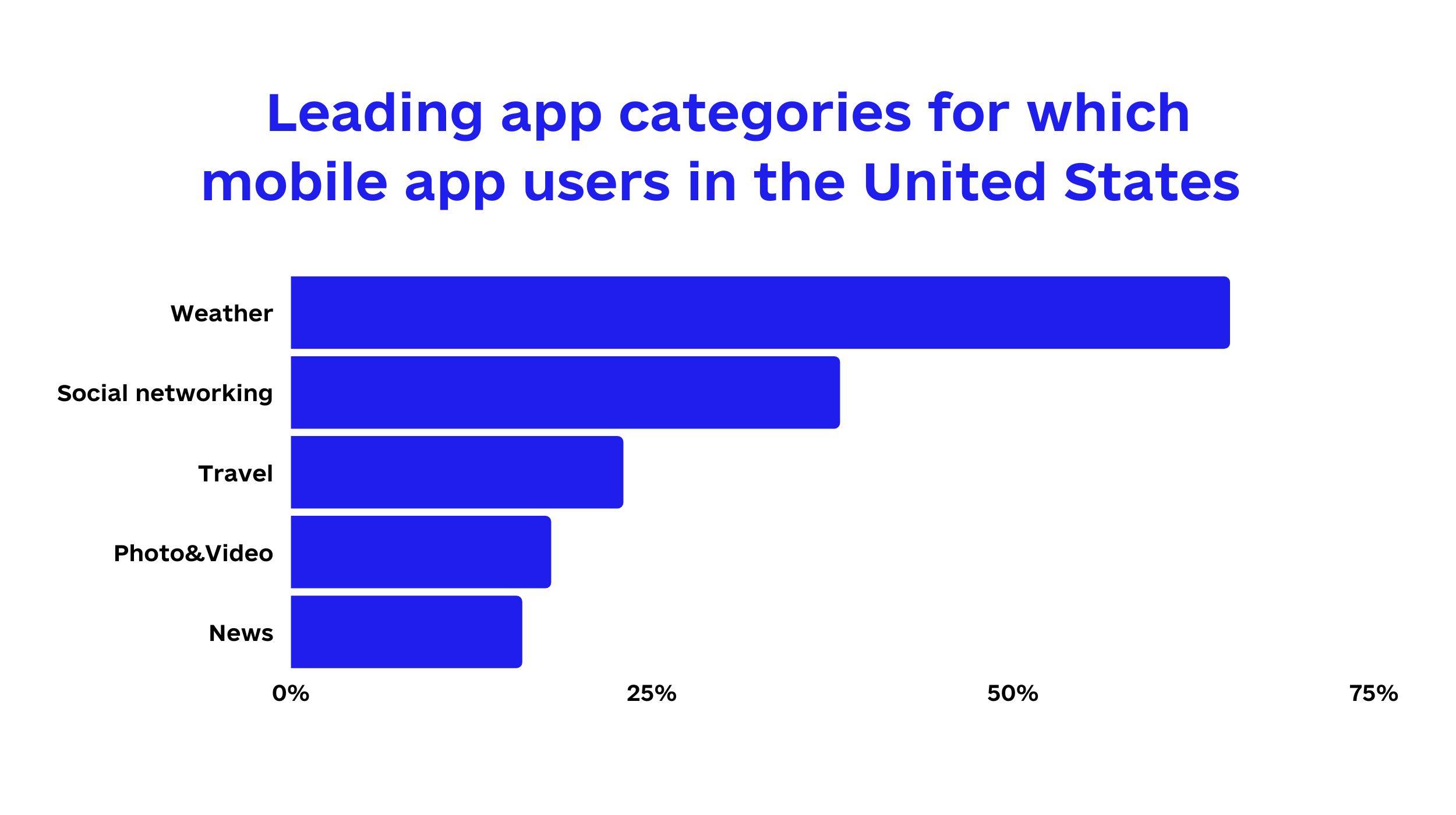
✅ Mapping apps
Of course, the most obvious use case for geolocation is in mapping and navigation apps. These programs aid users in finding their way around.
✅ Travel apps
Applications that help users purchase tickets, reserve hotel rooms, or locate nearby attractions continue to dominate the app store charts. They are incredibly useful for organizing vacations and business trips.
✅ E-commerce apps
Customers are able to better manage their expectations thanks to the geo-location feature in e-commerce apps, which also positively affects the experience they have. This function provides a significant improvement in logistics quality for major corporations like eBay and Amazon.
✅ Social apps
When uploading photos or videos to social networks, users often include geotags to let others know where the content was shot. Addresses of hotels, cafes, parks, and other landmarks frequently appear as location tags.
✅ Health and fitness apps
These days, fitness apps are more popular than ever. Activities like running, cycling, football, and others can all be recorded. They allow users to track their activities, set goals, and track progress toward those goals, all while sharing their successes in the realm of sports on social media.
✅ On-Demand apps
Most GPS based mobile apps benefit greatly from automatic coordinate detection. Because of them, you can book a taxi, have flowers delivered to you, or order food.
✅ Dating apps
Dating apps utilize the user’s location settings to help them find nearby compatible partners. Such apps examine their users’ routines in an effort to pair them with people who are in the same area.
Lots of types, right? But which is the leader among location-based apps?
The Best-in-Class Location-Based Apps
Each year, thousands of new applications are submitted. Few, however, achieve true widespread adoption. The top ten most popular location-based apps are as follows:
☑ Google Maps — navigation tool;
☑ Uber — transportation on-demand;
☑ Instagram — social network app;
☑ Snapchat — chat app;
☑ Tripadvisor — travel app;
☑ Runtastic — fitness tracker;
☑ Tinder — dating app;
☑ Yelp — restaurants’ reviewer;
☑ Family Locator — GPS tracker;
☑ Pokémon Go — a mobile game.
You have probably used all of the above programs before. Now we’ll delve into some lesser-known but nonetheless fascinating and useful location-based services.
-
Scope
You can get a glimpse of global events as they are unfolding thanks to Scope. This is a very straightforward process. You pick a location, track down a user there, and tell them, “Show me what’s happening!” In response, you get a short video panorama.
-
LastQuake
Seismologists created LastQuake in an effort to both warn the public and collect data in real-time during an earthquake.
-
WherezMoney
WherezMoney was created to facilitate better fiscal management, monetary control, cost management, and geolocation of expenses. One of its benefits is that it helps you track your financial transactions.
As can be seen, there is no shortage of opportunities for creativity in the field of location-based software.
However, the value of these apps to consumers and entrepreneurs alike needs to be more clearly articulated.
Benefits of Location-Based Mobile App Development
So why should you invest in developing location-tracking apps? The following are the most important benefits of location-based apps.
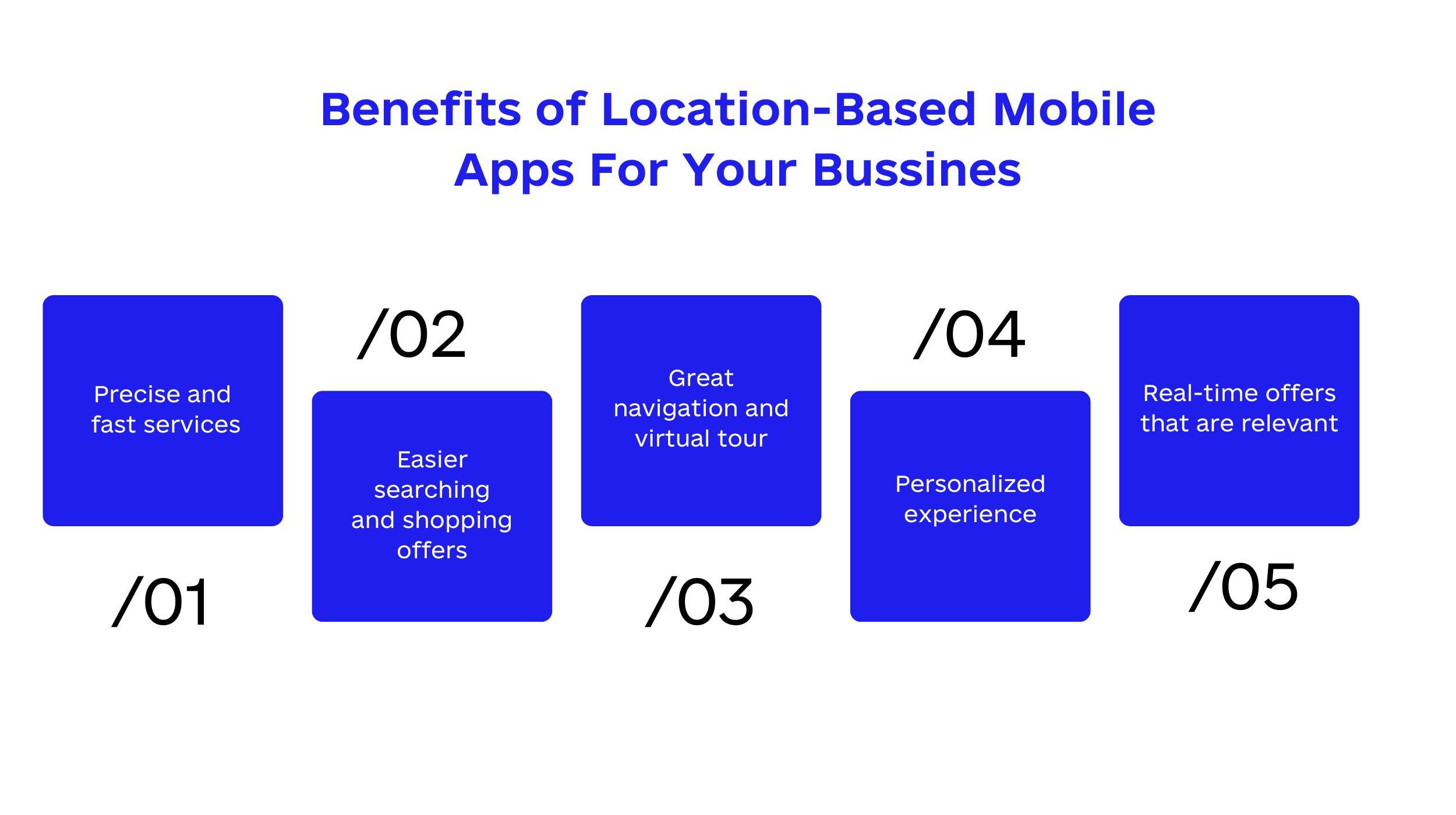
🔹 Precise and fast services
Thanks to advancements in geolocation technology, businesses can find their clients’ precise locations. The expedited shipping option allows them to get their packages out the door quickly. Customers’ loyalty may increase as a result of this.
🔹 Easier searching and shopping offers
Geocaching apps make it simpler for consumers to locate nearby stores and goods. Allowing this option expedites the search and purchase processes for potential customers.
🔹 Great navigation and virtual tour
Companies may provide virtual tours with great in-app navigation, or with the help of Augmented Reality (AR) tools.
🔹 Personalized experience
Tracking customer preferences allows for more personalized advertising and marketing. This doesn’t constitute an unauthorized intrusion into the customer’s privacy, but rather an opportunity to better meet their requirements.
🔹 Real-time offers that are relevant
With location-based apps, information about customer habits is readily available, giving businesses a leg up in the strategic planning process.
Main Steps in Location-Based App Development
Let’s take a high-level look at the most crucial steps of location-based app development.
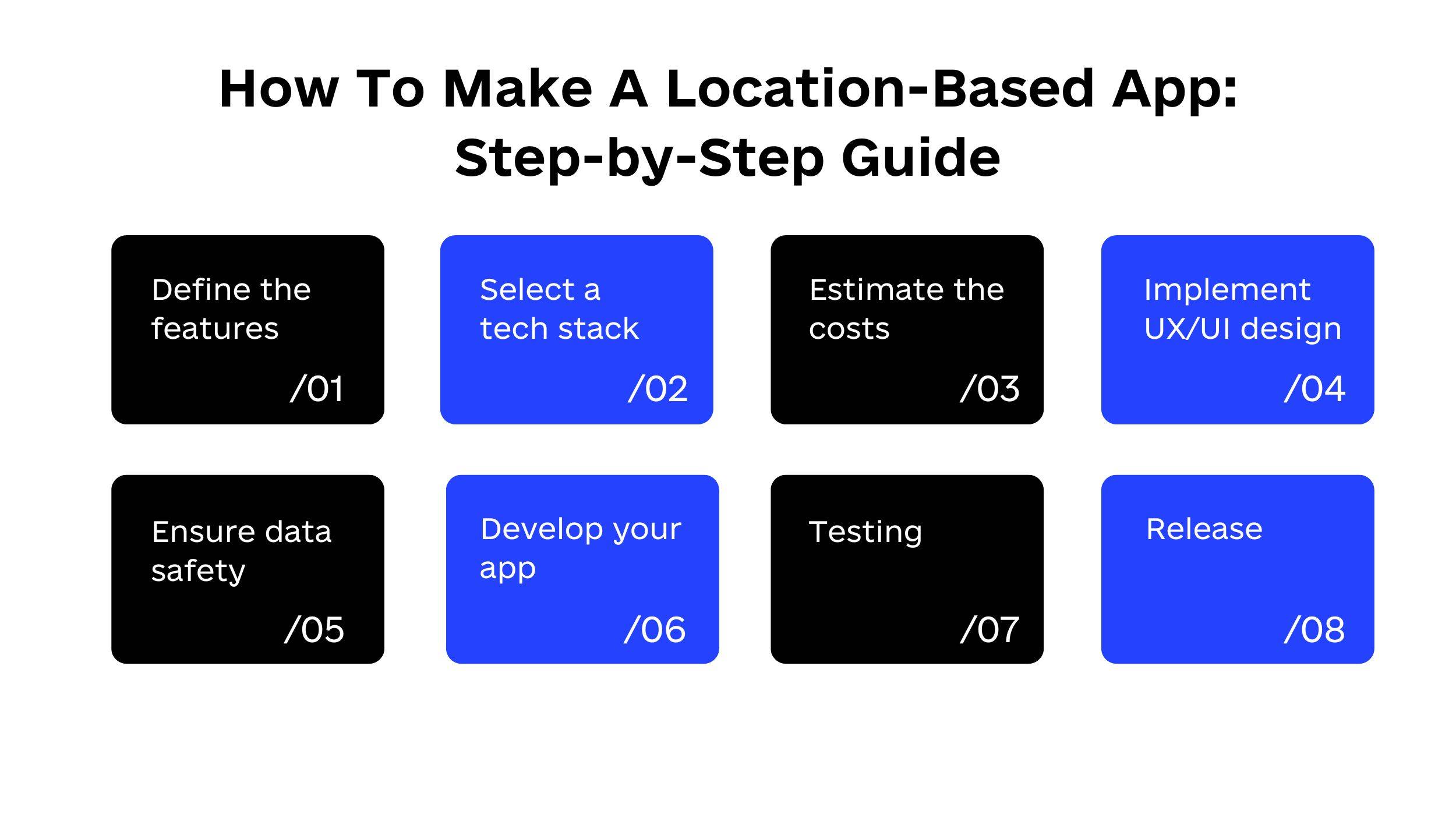
Step #1: Define the features
The features may include GPS coordinates, map integration, and location detection, depending on the application type.
Step #2: Select a tech stack
This is a crucial stage that calls for lots of time, patience, and expert opinion. However, once you decide, you’ll already be halfway there.
In the next sections, you’ll find an in-depth explanation of the features and tech stacks you’ll need to create a location-based app.
Step #3: Estimate the costs
You can expect to spend some money on app development and testing. Development costs for a location-based app can range from $20,000 for a simple app to $150,000 for a highly complex app.
Step #4: Implement UX/UI design
Attractive design and a user-friendly interface are crucial to every app. So, be intentional about who you hire to design your app.
Step #5: Ensure data safety
A lot of information can be stored in a geolocation app. Therefore, you must take measures to secure the privacy of your users’ personal data.
Step #6: Develop your app
Mobile app development is the most decisive and long-lasting stage. We advise adopting an Agile software development approach in order to make the process more manageable and predictable. But the group you work with also plays a significant role in this. Hiring a dedicated development team like Code&Care that has actual experience creating location-based apps is strongly recommended.
Step #7: Test while developing your app
Once the program’s code has been written, it must be tested and any flaws must be fixed.
Step #8: Release
The final step is to release the app to the users through various download platforms.
Necessary features of geolocation apps
Adding more functionality to the app is essential to making it fully usable. Here is a list of the most crucial features for location-based apps.
- Authorization
This feature allows users to leave notes or share reviews with other customers.
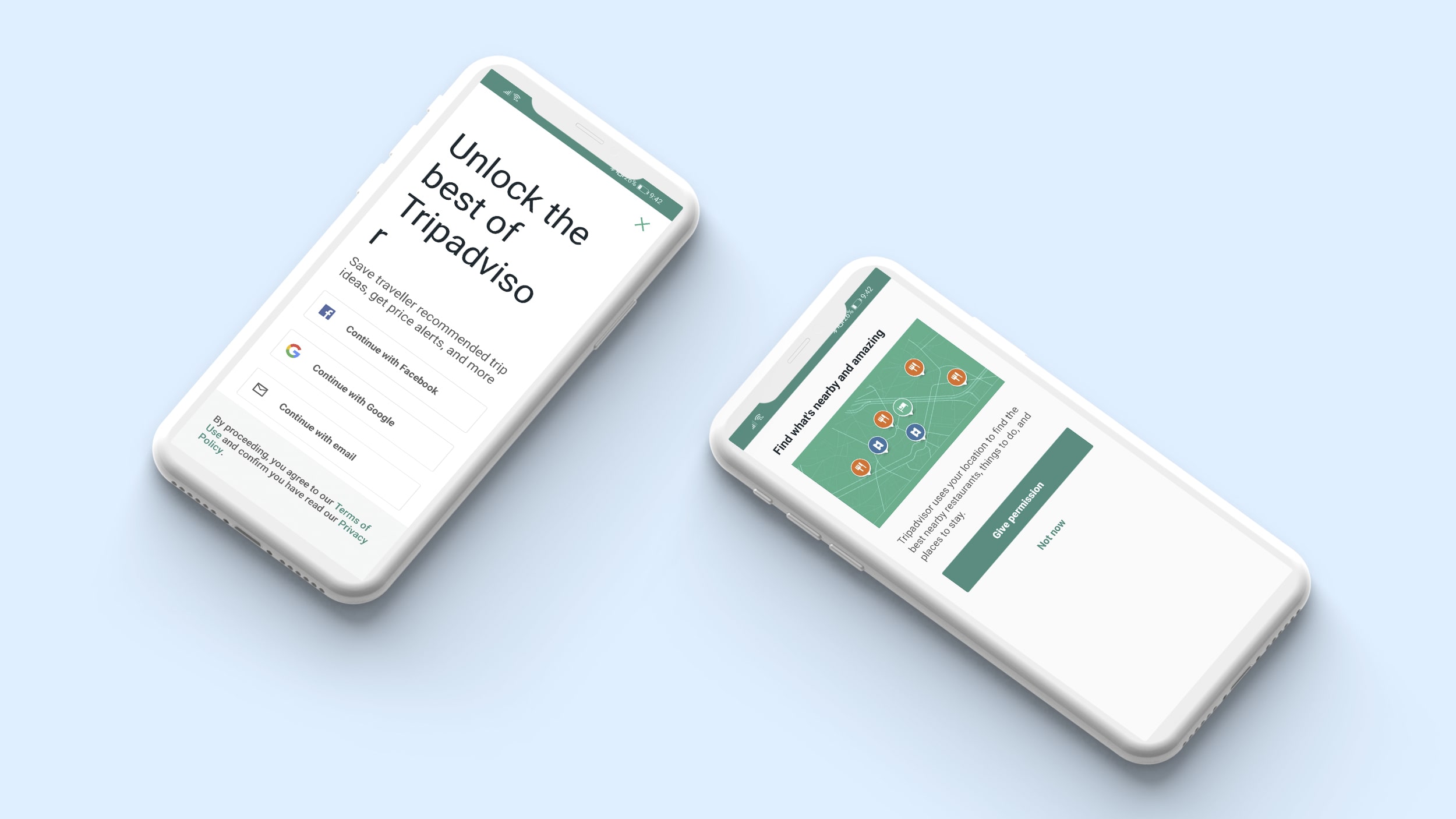
- Notifications
You can inform your customers of any new information, specials, or other details regarding your company by sending them push notifications, emails, or text messages.
- Information filter
Information filters allow users to sift through copious amounts of data. That way, the user experience is enhanced.
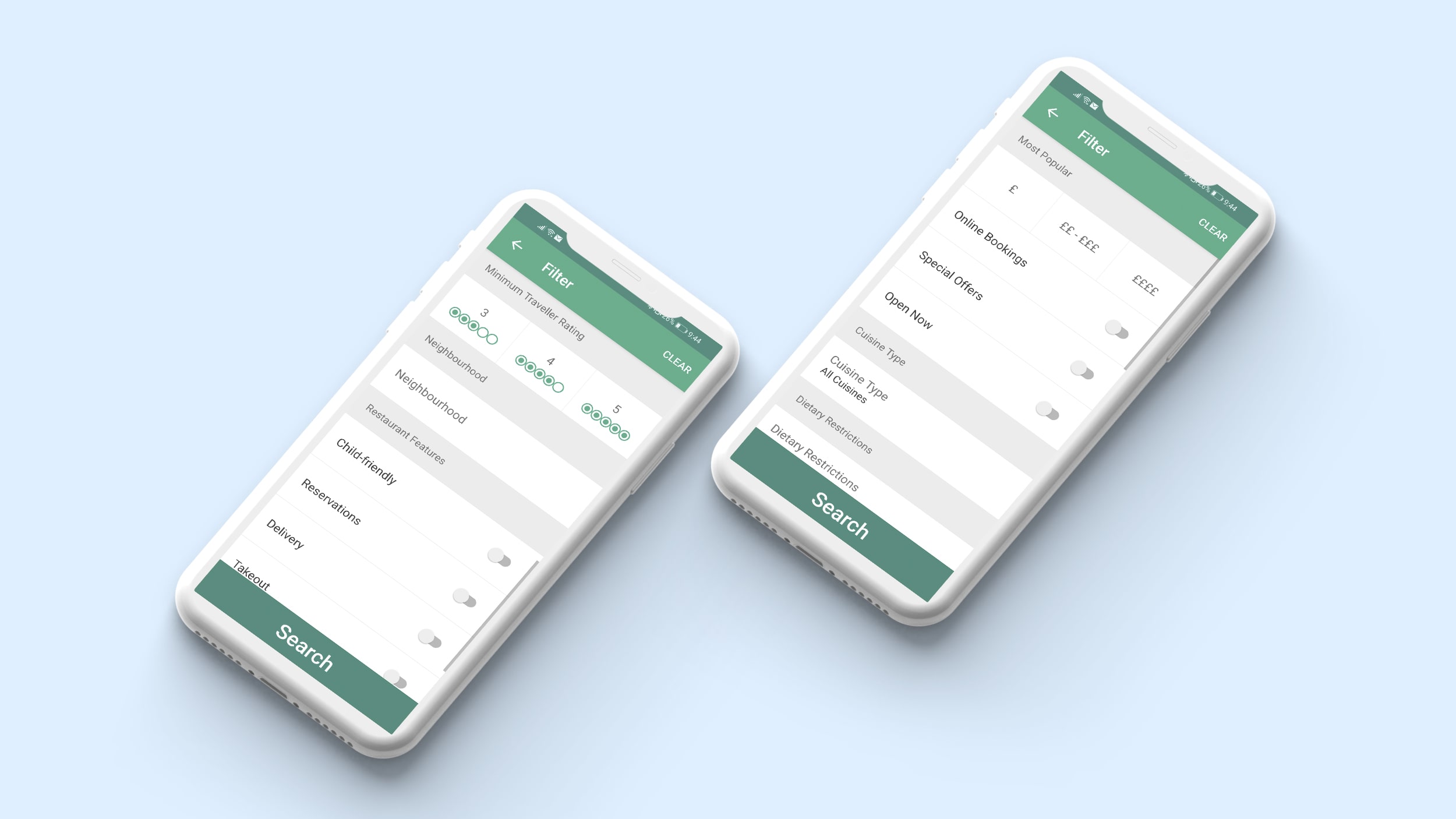
- Suggestions
If you want to keep your customers up to date on local events, or news, based on their likes, followers, or preferences, suggestions are a good option.
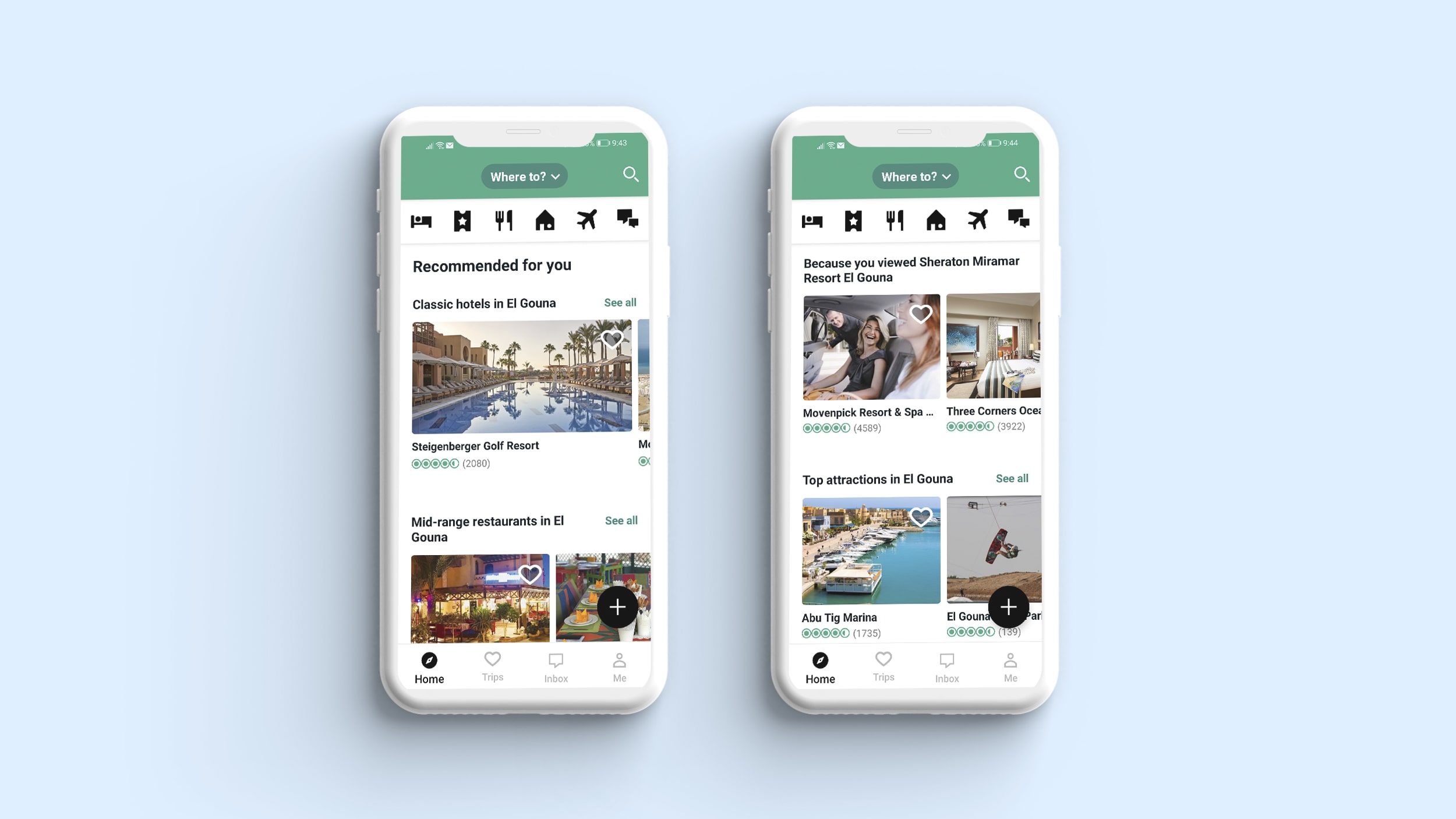
- Reward program
The implementation of a rewards program is a fantastic strategy for growing a company’s presence in a specific geographic area. Simply put, customers can earn points for their visits, which can then be redeemed for perks like freebies and early access.
- Analytics
Location-based apps process a large amount of customer behavior data. Therefore, the analytics function aids in gaining valuable insights and making sound business decisions.
Other features depend on the type of application. It may be voice assistance, rerouting, setting the radius, rating, and impressions, location sharing with friends, weather forecast, search location by photos, parking spaces finder, and updates in real-time on traffic jams.
Features are important, but so is picking the right combination of technologies and requirements. Follow on to the next section to see how that works.
Requirements and tech stack
You’ll need specialized tools to create a location-aware app. We have selected the most well-liked ones for you.
Geolocation
- GPS
GPS is the most common technology based on satellite signals. Every mobile gadget is equipped with a built-in GPS module and permanently receives a signal from at least three satellites. That is if the geotracking function is enabled.
- Assisted GPS (A-GPS)
A-GPS generates combined data obtained from the server and the satellite, then transfers it through the Internet using Wi-Fi or a cellular connection.
- Wi-Fi
Wi-Fi is a plain and efficient method. Its work is based on using RSSI, Google Maps, and special databases to define the location.
- Beacon
Beacon is a completely different technology. It’s implemented using small wireless transistors and Bluetooth Low Energy (BLE). Beacons use BLE to send signals to the customer to define its geolocation.
- Cell ID
One more way to define the customer’s location is to use cell towers. First, you get the cell tower’s coordinates, then use these coordinates to define the user’s location.
- BLE
The idea of BLE is pretty simple. Battery-operated beacons send the signal to the person’s device using Bluetooth.
- Geofencing
Geofencing works due to some virtual perimeter with a radius of up to 500 meters. When the consumer enters the specified zone, the trigger fires and the person receives a message or PUSH notification (or another predetermined action is performed).
APIs
- Google Maps Geolocation API
- Google Places API
- Apple Maps
- Core Location API
- Foursquare API
- Yelp API
- TripAdvisor API
- Facebook Places
SDKs
- Google Maps SDK
- MapKit SDK
- Wikitude AR SDK
The next critical step is to ensure the security of your users’ personal information. So, what measures should be taken?
Security requirements
Statistics show that only 18% of users enable location sharing for all apps, while 40% choose not to. Clearly, there are issues with privacy and security. Information about users’ whereabouts that is collected and processed must be anonymized in accordance with the law. Is there any way to get this under control?
Data isn’t merely gathered. The data is also processed and analyzed. The question is, what can we do with all this data? And what does “ethical data collection” mean, and what doesn’t it encompass?
The primary issue is that users are unaware of how much personal information is being collected and stored by third-party companies. There is potential for unethical use of this information without the user’s knowledge or consent. The Facebook/Cambridge Analytica data leak is evidence of this.
Because of this, most users anticipate receiving useful features in exchange for sharing their location with the app. So, what can you do differently?
According to the GDPR data protection policy, companies that breach the user data collection agreement could be fined as much as $20 million.
To prevent this and upload a trusted and transparent privacy policy, take these 4 key actions:
- Minimize the information you track and collect.
- Track only what is necessary.
- Obtain the user’s consent for any piece of information you take from them.
- Your data tracking policy must detail how you intend to use the information you collect.
Now, let’s get to the real issue here, which is costs and bills.
How much does it cost to develop a location-based app?
Multiple variables contribute to the overall cost of the application. The most important ones are time invested and built-in features. Different time frames apply to different applications. However, to help you get a feel for the average cost of a location-based app, we’ve prepared a rough estimate.
A larger development team and the inclusion of features essential for precise geolocation use are necessary for the successful completion of the project. That is, mutually beneficial place integration, rating, and impression sharing, and bilateral location sharing amongst friends.
If you have a thorough grasp of the project’s characteristics, you can expect to spend at least 25 hours in the business analysis phase. In addition, technical specification takes around 15 hours. As a theoretical basis, the technical specification is essential to the work. When coupled with business analysis, it facilitates the collection of requirements and the development of the corresponding software.
Interface design is the next step (UI). An MVP can be developed in 45-50 hours, while a full project takes 80-90 hours. Most geolocation apps are visual projects, so UI design is essential. Designing for customer ease of use translates to an environment that is intuitive and easy to navigate.
Creating a minimum viable product (MVP) for an iOS or Android app will take 80 to 120 hours, while creating a full project with a large number of features will take at least 120 hours.
Additionally, you’ll require app testing time. A total of 90 hours is estimated for each platform in the QA department.
To sum up, the total cost can range from $20,000 for an MVP to $150,000 for a complex project, all depending on the amount of time spent on it.
Want to estimate your development project based on time? Check out this article to know how long it takes to build a website.
It’s been exciting to take the necessary steps to learn how to make a location-based app, but the potential pitfalls are rarely discussed. So, what are the negatives that teams can anticipate?
Challenges in Building Location-Based Apps and How Code&Care Tackles the Bottlenecks
We found these to be the most challenging aspects of location-based app development.
- Recruiting a competent programming crew.
- Choosing appropriate technology platforms.
- Completing the project on time.
- Maintaining open lines of communication.
- Insufficient testing before release.
How Does Code&Care Help? Learn about Our Experience in Location Based App Development!
Code&Care has been providing software development services for 5+ years, all while utilizing only the most reliable and cutting-edge frameworks and tools. With years of practice, we’ve become experts at making location-aware apps.
As a case study, HeyRide is a geolocation project that we completed successfully while addressing the major development issues mentioned above. Let’s talk about it briefly.
✅ About the customer: HeyRide is your one-stop-shop urban travel app. It aims to facilitate people’s lives by streamlining the processes of finding, consuming, and paying for mobility services, allowing them to take trips that meet their specific needs in terms of speed, cost, environmental impact, and safety, while also enjoying greater predictability and assurance. Included are taxis, trains, buses, bikeshares, scooter shares, and carshares.
✅ Our development team: There were five people on the development team: a project manager, a quality assurance engineer, a designer, and two developers. According to HeyRide, our team maintained utmost professionalism throughout the project.
✅ Communication: Code&Care ensured that HeyRide received project updates. We communicated through Slack and Gmail and held weekly stand-ups with HeyRide in order to address roadblocks and identify areas of improvements.
✅ Deadlines: Using the appropriate technology stacks, we delivered the frontend and backend functionality within HeyRide’s specified timeframes.
✅ Results: The Code&Care team implemented tasks for mobile. This included planning routes, searching for locations, updating whereabouts, establishing prices for entire trips in advance, utilizing multiple modes of transportation simultaneously, etc. By doing so, users can enter their current location and desired destination, as well as view the route and the costs associated with various modes of transportation.
Your project doesn’t have to suffer because of missed deadlines, incompetent developers, inadequate testing, or worn-out technologies. We at Code&Care know that you need us to bring your ideas to life and develop your software projects from the ground up. We have a team of highly trained specialists who approach every project with professionalism and a firm determination to provide tangible results.
Want to get an expert opinion on your project? Send us a quote: andrew.gromenko@code-care.pro. We offer free consultation services to help you determine the scope and price of your project.

Your Go-to Guide to Live Streaming Shopping App Development in 2022
How to Build a School Management System: Steps, Features, Benefits, and Costs
Web Development Trends 2022
Web portal development: Functionality, Steps, Common Issues
How to Build a Marketplace Website That Users Will Love
How to Build a CRM Software: Types, Features, and Cost

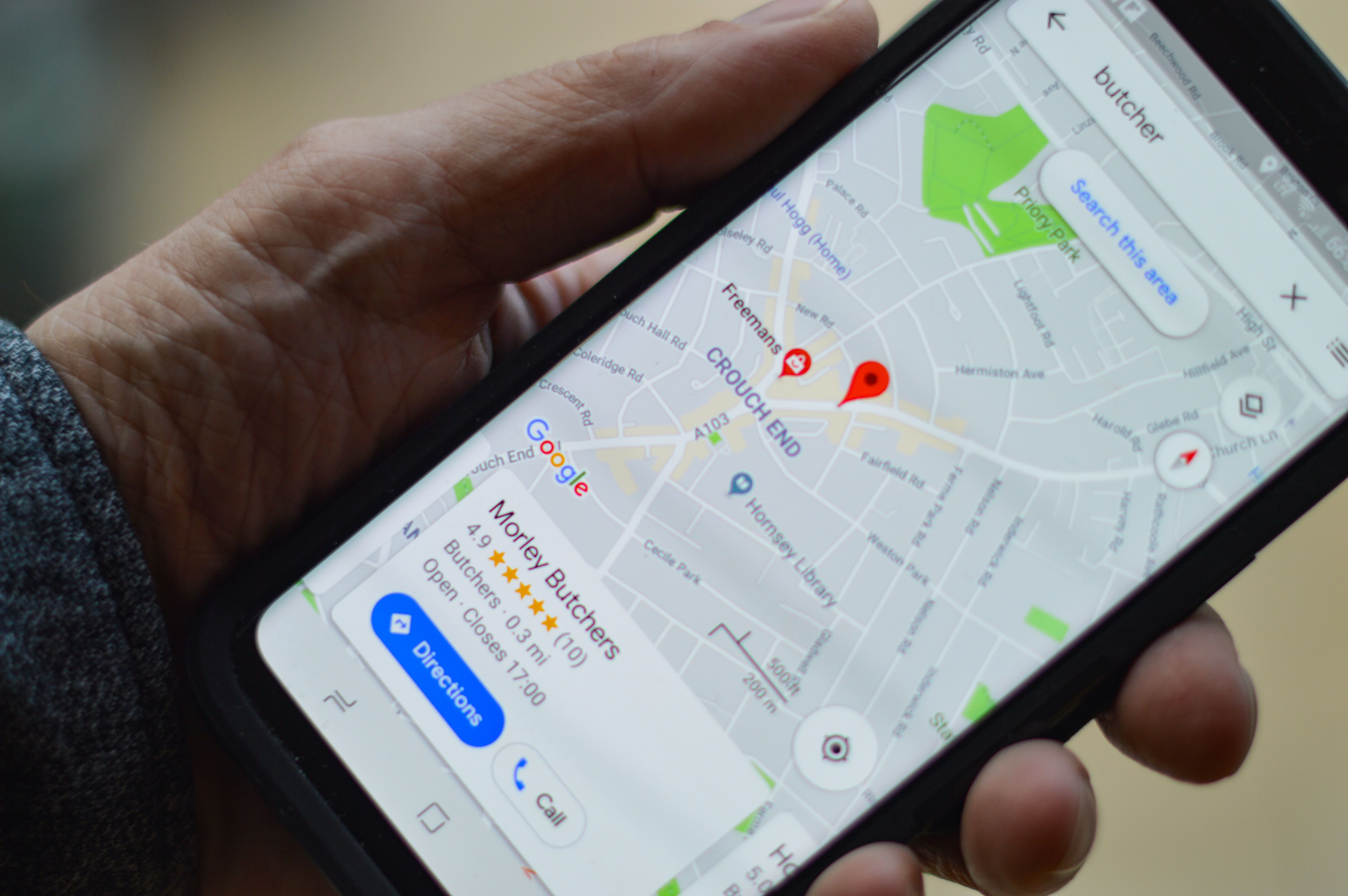














Popular
Latest